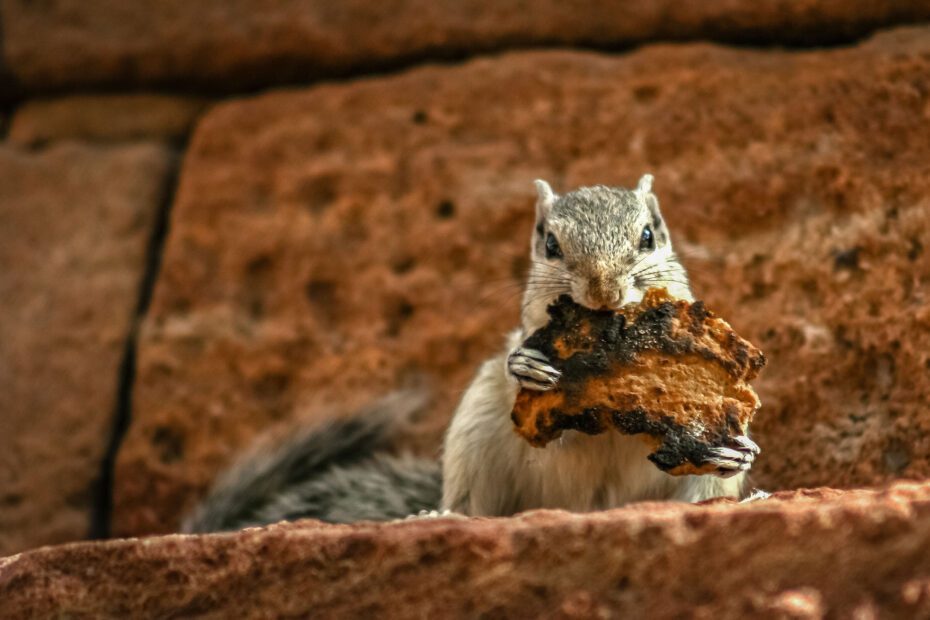Pest identification and elimination
We were robbed dammit! Our bonus morel crop was decimated. Where I had hoped we might have as much as 10lbs of fresh morels, we were left with less than 1lb of mature fruit.
Victim’s Statement: Optimism to devastation
We knew it was optimistic to anticipate that all of the hundreds of baby morels would survive, but never imagined we might lose so many.
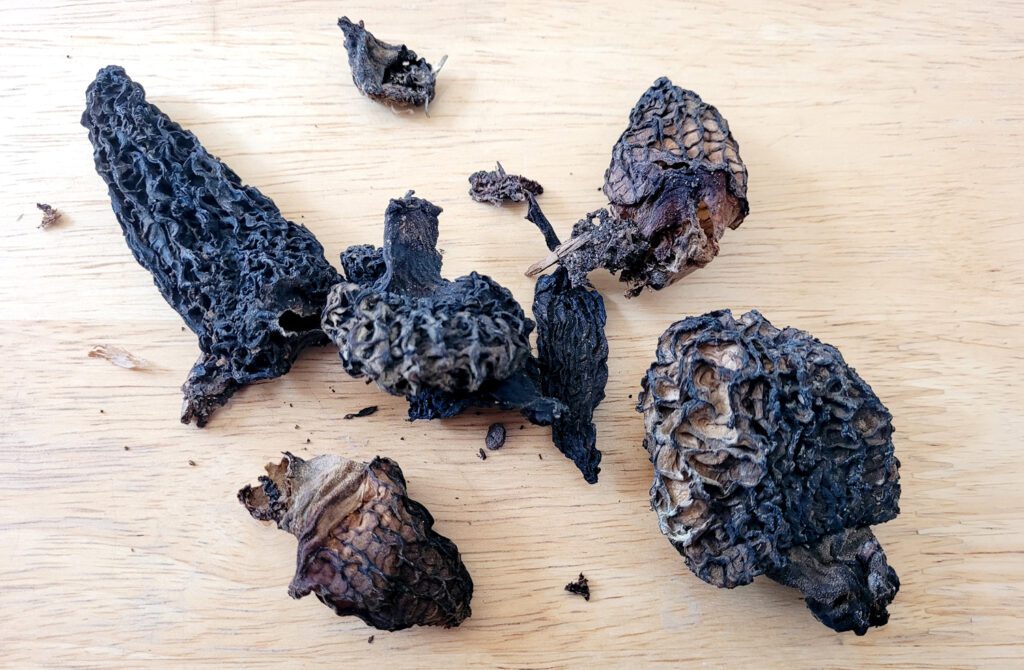
Possibly partly my own fault. One morning I saw a squirrel in the garden and promptly acted. I erected a series of PVC half hoops, covered them with bird netting, and stapled the net to the wooden base of the beds. It seemed wise at the time to prevent squirrels from getting in and I am sure that the netting was at least successful in this.
Unfortunately, we still lost most of the crop. While voles may also have been culprits here, I think it was more likely pill bugs and slugs. If the netting had not been in place, some of these pests may have been dealt with by birds. Sometimes birds may seem like a pest (swallows come to mind) but mostly, they are a solution.
Assessment: What did we do wrong? What didn’t we do right?
We have done a lot over the past couple of years to eliminate or at least reduce the number of slugs on the property. There were still some baby slugs noticable and I should have taken their presence more seriously.
Nematodes would have been a good choice for both slugs and pill bugs. Woodchips might have helped by giving the pill bugs some rotting organic matter to eat and more territory to cross before they got to the mushrooms. Using some boards as Jacqueline Shannon suggests and hand-picking them off as well as night time hunting of slugs are tactics we did not use this time around. Those would both have been smart choices, and we may have gained an extra pound or two of morels.
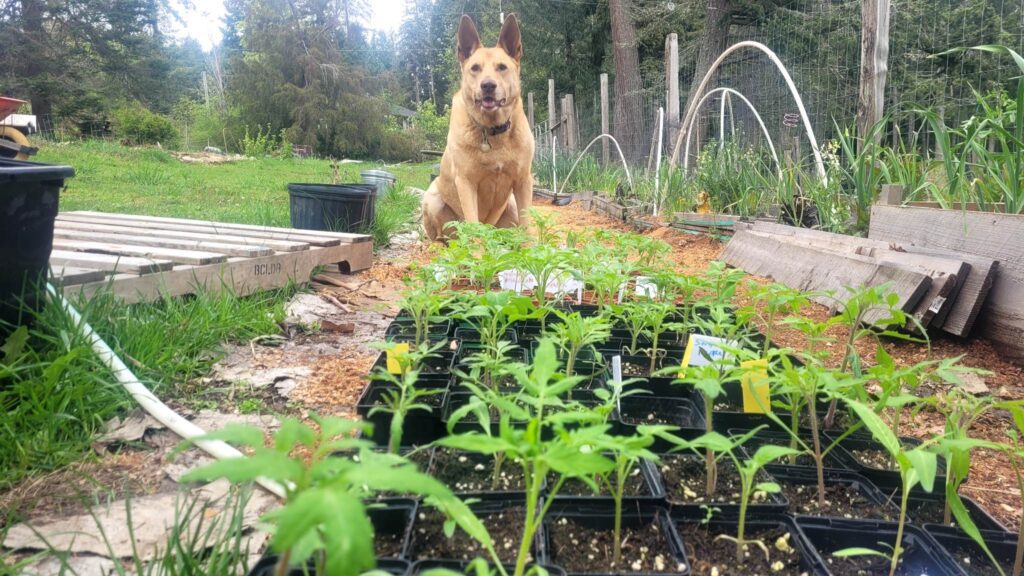
Natural methods of pest control
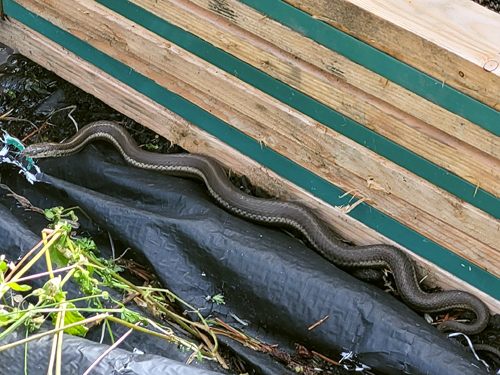
There is always so much to do in the spring when planting and preparing the garden for the season though. It’s hard to do it all. This is especially true when building the first seasons. Slow but steady wins the race.
Ultimately, our plan/hope includes pest control through natural means, like improving the soil and plant health, and encouraging the native predators, such as frogs, and garter snakes.
Since we are in “Cobble Hill” our farm, like many is a rock pile with soil, a remnant of the glaciers that cut most of our roads and trails. As we clear to plant, we unearth a lot of stones. I’m building rock borders and cairns everywhere, hoping to attract snakes to patrol our garden.
We are also investigating the various varmints that may have vanished with the vegetation and determining the best means of vanquishing them.
Varmints and how to vanquish them: The Suspects
Pill Bugs, slugs, squirrels, and voles, each with its own aliases and modus operandi, and all acting in their own interest. Despite the thoroughness of the theft, collaboration among these farging sneaky bastages is not suspected.
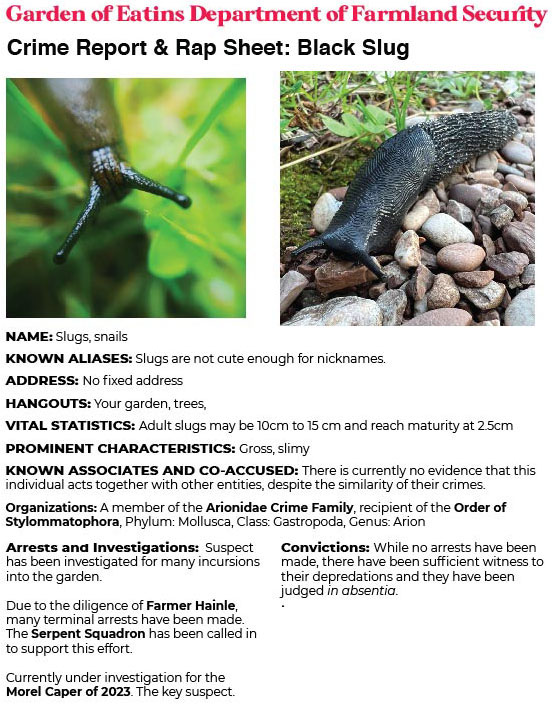


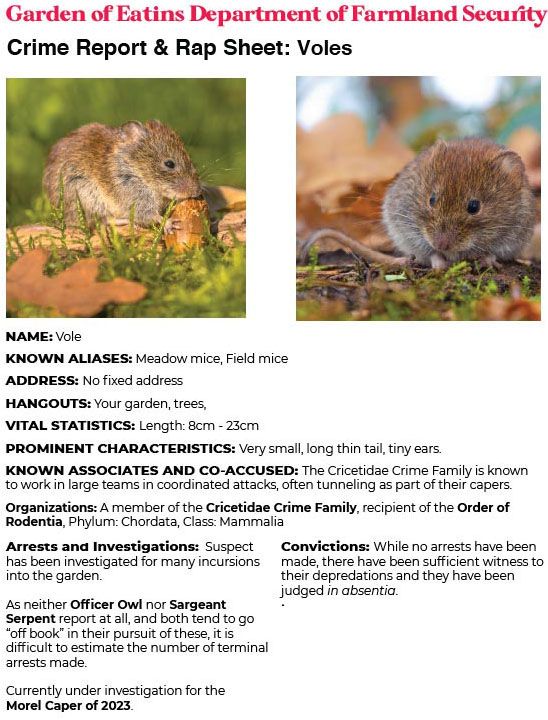
Pill bug aliases, associates, and characteristics:

Also known as: Sow bugs, armadillidium vulgare, potato bugs, doodle bugs, roly poly bugs, roly polies, rollie pollies, land shrimp, pill millipedes, woodlice, slaters, butchy boys, and more. Armadillidium vulgare is a bug that inspires many colloquial names. None of these names suggest that the pill bug is a gourmet, but they certainly can be and will eat some of your best crops if not managed properly. (Sniffles softly while
Both love damp areas, dark hiding places, and plant material throughout your vegetable garden. They love moist rotting organic material, dead leaves, especially if it is rotting, but they will happily eat live plants and a large population can do a lot of damage.
Pill Bugs & Sow Bugs are both crusteaceans, AKA Land Shrimp
Strictly speaking, pill bugs and sow bugs are not the same bugs, nor are they “bugs” at all, but crustaceans. Sow bugs lack the ability to roll into a ball, so despite their outward similarities, they are not “Roly Polys”.
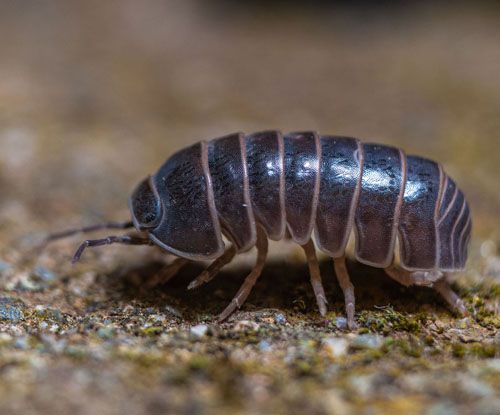
Similarities include: they are each different species of small crustaceans. “Land shrimp” is one of the popular names for each and there is a lot of information available about these creatures having a flavour similar to shrimp.
I am not offering any recipes however, and have no immediate plans to try the Invasivore Solution…but anyone who has tried them in this way is encouraged to comment below. Especially if you use them in any of the appropriate recipes on this site. 🙂
Dead plants, compost pile, damp places, poor air circulation

Both love damp areas, dark hiding places, and plant material throughout your vegetable garden. They love moist rotting organic material, dead leaves, especially if it is rotting, but they will happily eat live plants and a large population can do a lot of damage.
Leaf litter and piles of grass clippings and plant debris can easily provide the moist environment that is hospitable to a pill bug infestation. One important step in resolving a pill bug problem is to remove dead plant matter and encourage natural predators, like birds, frogs, toads, and small mammals…although “small mammals” are also often fans of your produce.
Diatomaceous earth, cornstarch traps, and “beer traps”
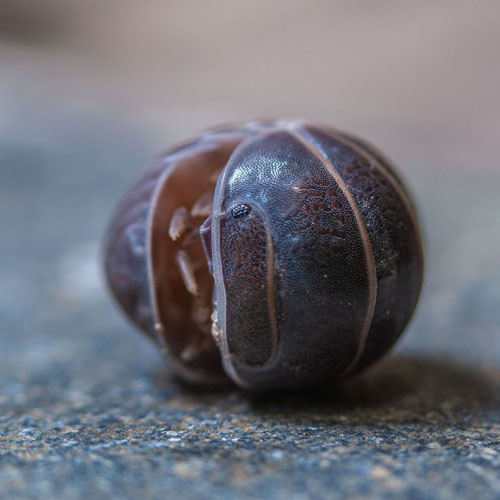
All creatures are in some way beneficial to the environment even where they are inconvenient. The best solution in general is to find a way to keep things in balance. A healthy soil with lots f nutrients will give these creatures the food they need before they attack your plants. If you do have a genuine infestation, meticulous hand removal and isolation will over time be the best solution. In the short term, diatomaceous earth helps to dessicate them, and cornstarch traps and “beer traps” will kill them without introducing toxins to your garden. The best beer traps don’t use beer at all, but deploy a simple yeast/sugar/water mixture that has the necessary attributes to attract these pests. These traps will work equally well with slugs and for the same reasons. Cornstarch will only be useful in a dry/sheltered location however as it is water soluble.
Slug aliases, associates, and characteristics:

Also known as Snails and Gastropods. That’s it. Unlike the adorable pill bug, these are yucky. But yeah, GASTROpod. J’accuse Monsieur Limace Arriére! Si tu était un vrai escargot, je te mangerais en retour! Okay, en Français, there are more names. This is one of our primary suspects.
No known associates. Because they’re gross. Sadly, they also have few natural predators in North America. Same reason. If only we were plagued with actual escargot, they would have a 2-legged predator to help keep them in check.
Organizations: A member of the Arionidae Crime Family, recipient of the Order of Stylommatophora, Phylum: Mollusca, Class: Gastropoda, Genus: Arion
Do not be fooled by the reputation for slowness implied by “sluggish” or “snail’s pace”. Slug damage can happen quickly even with a relatively small slug population. The now common Black Slug is indigenous to Europe and with few natural predators present, they are invasive in North America and much of the world.
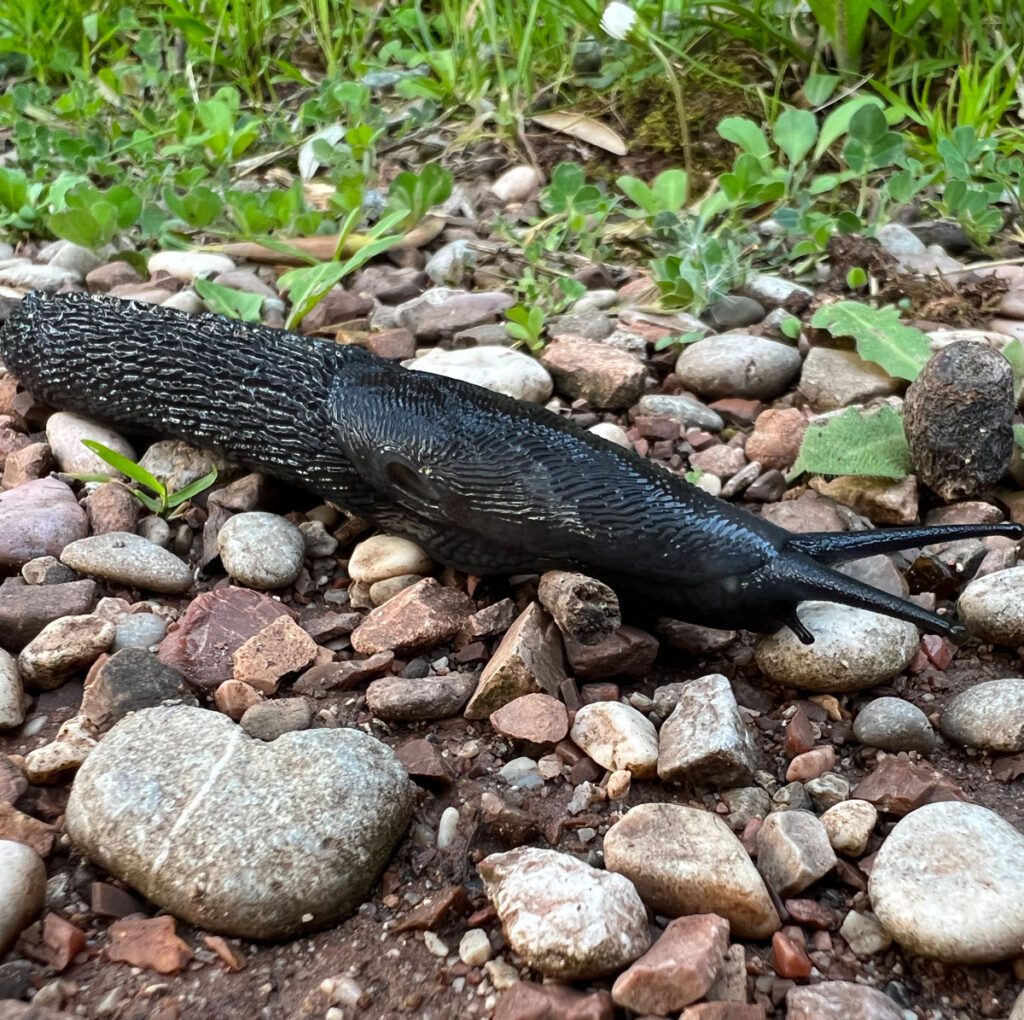
Black slugs were introduced to the Pacific Northwest in the 1940’s and have been a pest on Vancouver Island, where we live since the 1960’s. Please make them unwelcome. They are attracted to similar conditions to pill bugs and fortunately, some of the same solutions will work on slugs. If you live in parts of Europe where black slugs are part of the natural ecosystem, you may take a more benign approach to black slugs, as I do with Squirrels and Voles, or for that matter, Banana slugs.
With these, I only care that they aren’t attacking my food sources, but I am fine with them as neighbours. Sadly, I have not seen a Banana slug since my childhood, perhaps because they are outcompeted by black slugs and equally vulnerable to baits.
How to identify and eliminate slugs
Like most garden slugs, black slugs leave slime trails. So, if you have not seen them, you may discern that they are in the garden if you see this evidence. Plant damage is another clue. Look in dark areas, weedy areas, moist conditions, and slug slime. Slug eggs are small pearl-like translucent orbs that will turn white as they age.
Gestation may vary depending on environmental conditions and may take anywhere from 10 days if it is warm, to 100 days when it is cold. Eggs are laid late in the season, usually after a period of rain. Slug gestation is temperature dependent and may take anywhere from 10 to 100 days. You can find them in protected areas, like under leaves, debris, or other dark places. Slugs are hermaphrodites, so while they prefer to mate, they are capable of reproducing on their own. You might try setting slug traps like putting bits of melon rind upside down and watching for this to attract egg-laying slugs.
Effective methods to deal with slugs and not cause collateral damage
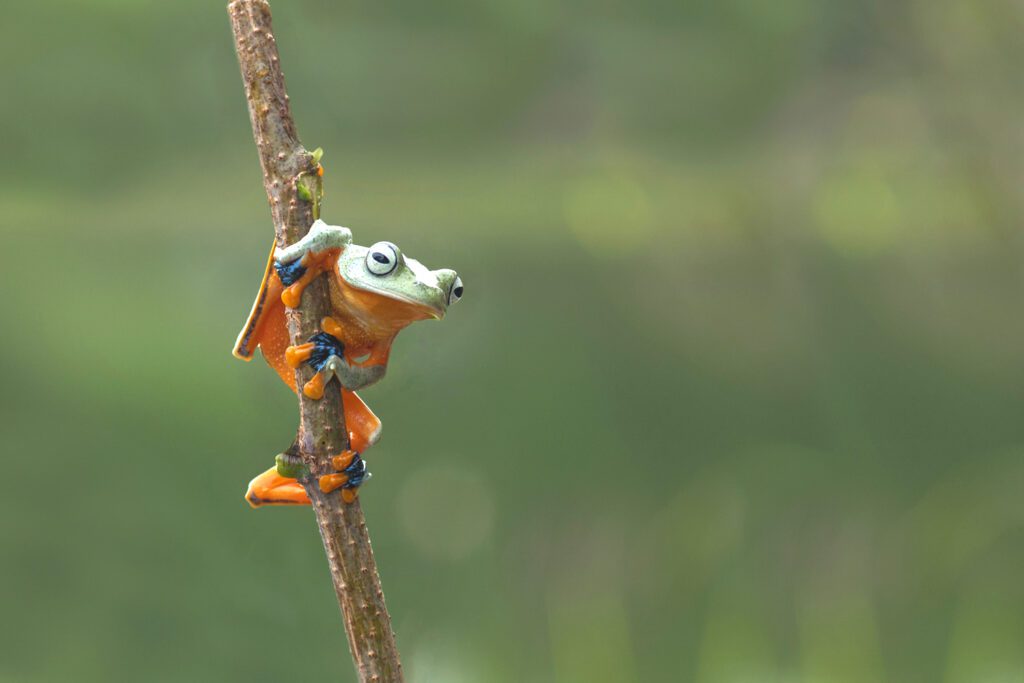
Jacqueline Shannon describes her favorite methods of slug control very well in her 2015 Eatin’s Canada article, Three ways to deal with slugs.
Jacqueline’s control methods also work very well for pill bugs, as do many of these additional methods mentioned below:
- Drip irrigation, slugs love a moist environment, drip irrigation reduces surface moisture as well as making the best use of water resources
- Board/Rind use a board or a piece of citrus peel or melon rind to attract them to shelter, and then remove these to kill the slugs by either submerging or cutting them
- Slug traps beer traps can also be baited with the cheaper and easily made yeast ferment mentioned above.
- Caffeine is a poison for slugs and snails, so coffee grounds are one good choice that will also feed your plants. Put them in a ring around sensitive plants
- Copper tape, works, but is spendy
- Copper Pennies, depending on the year and the country, your pennies may or may not have enough copper to help
- Diatomaceous earth, is abrasive and can desiccate them
- Eggshells are abrasive and often recommended, but they are likely more beneficial to the soil than they are damaging to the slugs
- Frogs we are lucky to have some treefrogs and are trying to make sure we maintain a suitable environment through the droughts that are plaguing us. While we try to use soaker hoses for the most part and plan to install drip irrigation, we do also spray some areas to ensure that birds, insects, and frogs all have available moisture during what ought to be a rainy season
- Hunting, shelter traps work very well for daytime captures and egg gathering, but if you want to catch them in the act, use a flashlight or headlamp at night and wear gloves. Use liquid or the blade edge of a trowel to kill them
- Iron Phosphate both beneficial to plants and toxic to slugs, so win-win
- Mulch can act as a deterrent because it is unpleasant for the slugs and also helps prevent moisture loss/waste
- Sharp strips of copper are recommended by some because of both the impact of the copper itself and that the sharp edges might damage the slugs. It stands to reason that sharp edges may also damage the gardener
- Snakes, there being no poisonous snakes on Vancouver Island, I really like this one and we are building cairns and rock borders to encourage them
- Toads if you are able to create a hospitable toad habitat, they like moist areas with shelter. Sadly, they are not found in the Pacific Northwest, although we do have treefrogs
Highly recommended is the practice of hunting and killing them by hand as practiced by dedicated organic gardeners, such as Marilyn Venturi of Venturi-Shulz Wines and by my partner, noted vintner Tilman Hainle, also an experienced organic farmer.
Radical solutions not for the weak of heart
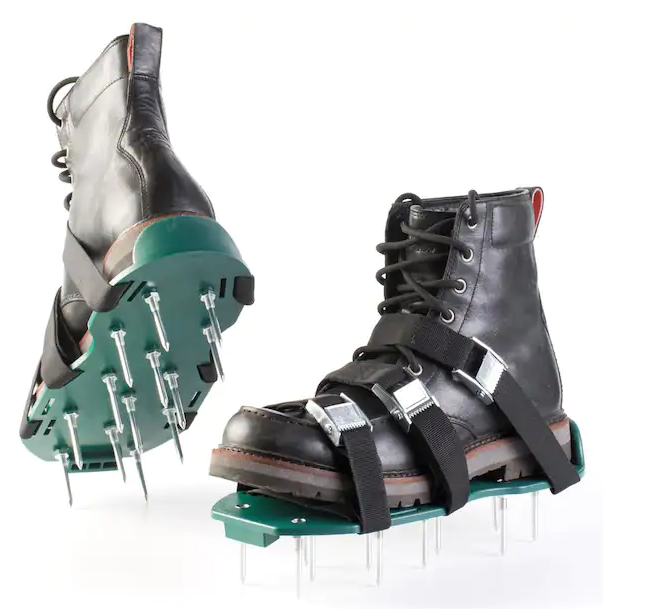
To kill slugs by hand you need to either drop them into something liquid or kill them with a tool.
Stepping on them with your boots will not work unless the boots have cleats.
Black slugs are quite durable. You pretty much need something with a blade, like a shovel, or a trowel to kill them with force. Alternatively you may pick them up with gloves on with and deposit them into a liquid deep enough to drown them.
You also need to be ruthless and not squeamish. It was hard for me until they got the morels. Now they must die.
Natural control methods: Snakes for the win!
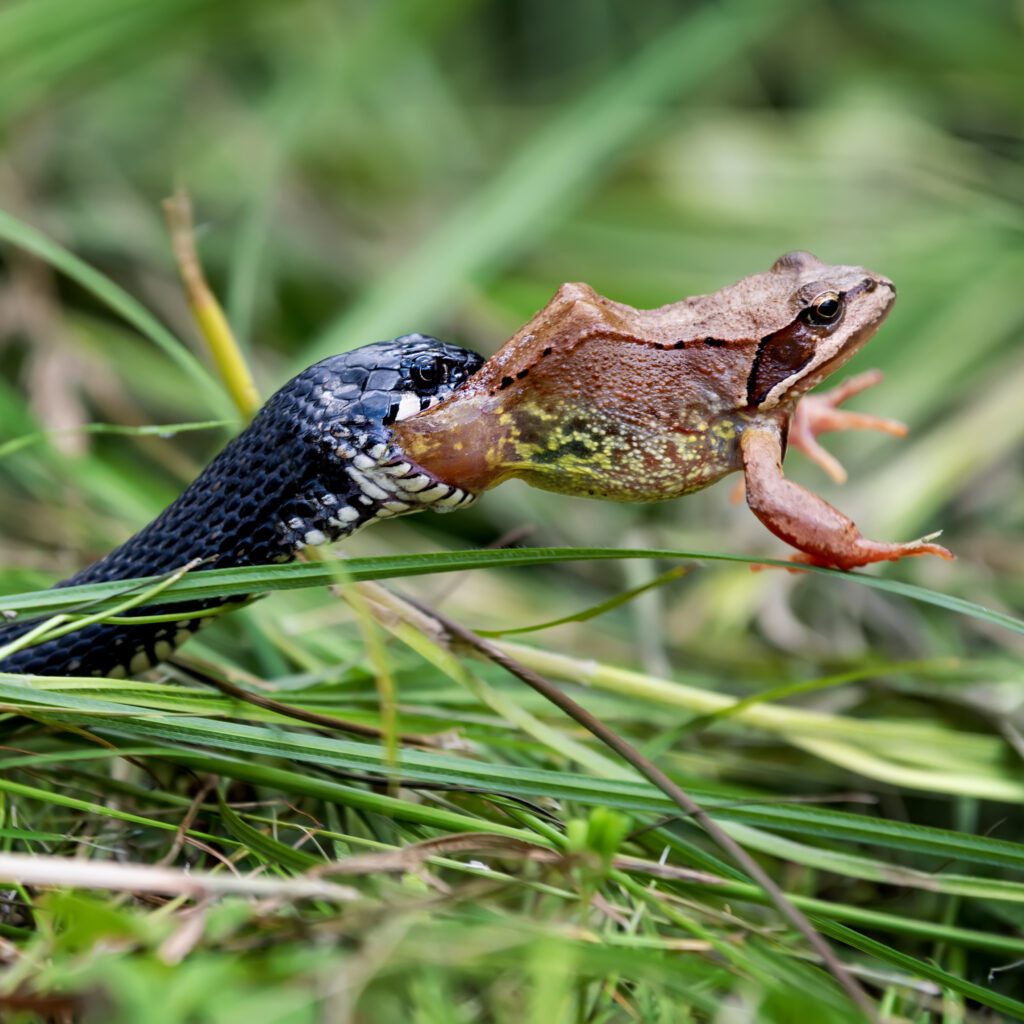
My personal preference remains with biological control through the encouragement of slug predators like snakes (there are no dangerous snakes on Vancouver Island), toads, and frogs.
Organic slug baits are all well and good, but then you have to empty the traps and dispose of the dead slugs. Gross.
In general, I prefer preventative measures, and would rather not see black slugs than have to deal with them, even effectively.
We are doing our best to build habitats for each of the local predators of slugs, are pleased whenever we see a snake in the garden, and apologize for disturbing them.
Environmental balance, the food chain, and your pets

One thing you don’t have to worry about with black slugs in North America is maintaining a balance. In These are invasive, they go after forest growth, and they have relatively few natural predators in North America. You are doing good for your local environment by getting rid of black slugs. Faster Pussycat! Kill! Kill!
But not your actual cat please. While not poisonous to either cats or dogs, slugs can carry a parasite that may turn into lung worm, which is dangerous to them. They may also be harmed by any poisons the slugs may have ingested, which is one of many reasons to NEVER use commercial “slug bait”. Otherwise, they are a relatively harmless, albeit disgusting addition to your pet’s diet.
Banana slugs on the other hand, are native to Vancouver Island although there seem to be many fewer than in my childhood. These are part of our ecosystem and food chain, so please be careful in elimination.
Brown slugs may be an immature version of Black slug, or may be a Tawny Slug, a completely different gastropod that is beneficial in gardens.
For more detail about slugs, I recommend the Oregon College of Agriculture’s Slug Portal. Not necessarily in agreement with their management protocols however.
Squirrel aliases, associates, and characteristics:

KNOWN ALIASES: Sciurus griseus, Silver-gray squirrel, California gray squirrel, Oregon gray squirrel, Columbian gray squirrel, Banner-tail squirrel
PROMINENT CHARACTERISTICS: Murderous look in eyes
KNOWN ASSOCIATES AND CO-ACCUSED: There is currently no evidence that this individual acts together with other entities, despite the similarity of their crimes.
Organizations: A member of the Sciuridae Crime Family, recipient of the Order of Rodentia, Phylum: Chordata, Class: Mammalia, Genus: Sciurus
May associate and participate in hijinks with moose. Uses adorableness as a disguise.
May harbor lice, as does the vole. If there is any collusion between parties, this could be the “middleman” or connection.
Was witnessed to have invaded the garden perimeter during the morel season and is a suspect, but unlikely to have caused much damage.
The good thing about squirrels from this perspective is that they are very territorial and do not collaborate well.
Vole aliases, associates, and characteristics:
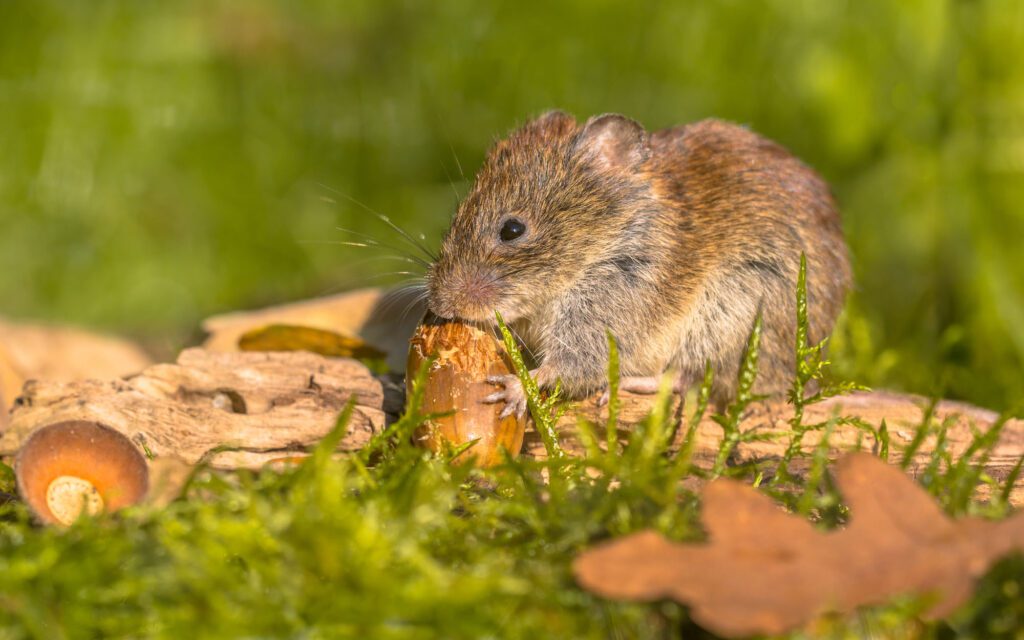
KNOWN ALIASES: Meadow mice, Field mice
KNOWN ASSOCIATES AND CO-ACCUSED: The Cricetidae Crime Family is known to work in large teams in coordinated attacks, often tunneling as part of their capers.
Organizations: A member of the Cricetidae Crime Family, recipient of the Order of Rodentia, Phylum: Chordata, Class: Mammalia.
May harbor lice, as does the squirrel. If there is any collusion between parties, this could be the”middleman” or connection.
Has not been witnessed to have been in the morel beds. Known to have participated in the pepper seedling pilfering of late-May 2023. Does act in collaboration with other voles, but no infestation signs are present. Not a serious suspect. Also dealt with by snakes
I began in the winter thinking it will all go to plan, but part of the plan includes a reservoir of energy that isn’t always there. Like the well cistern in our unnaturally early drought (due to “Global Weirding”), personal energy reservoirs are sometimes empty, or on low reserves.
Sometimes, the issue is that my plans are sound for an extra half-person, or someone 15-20 years younger. I definitely have a lot of goals and high standards for them. Fortunately, there are more successes than failures so far. Drought and water shortages are a big concern in the long term, but we’ll play that one day by day with the rest of the planet.
